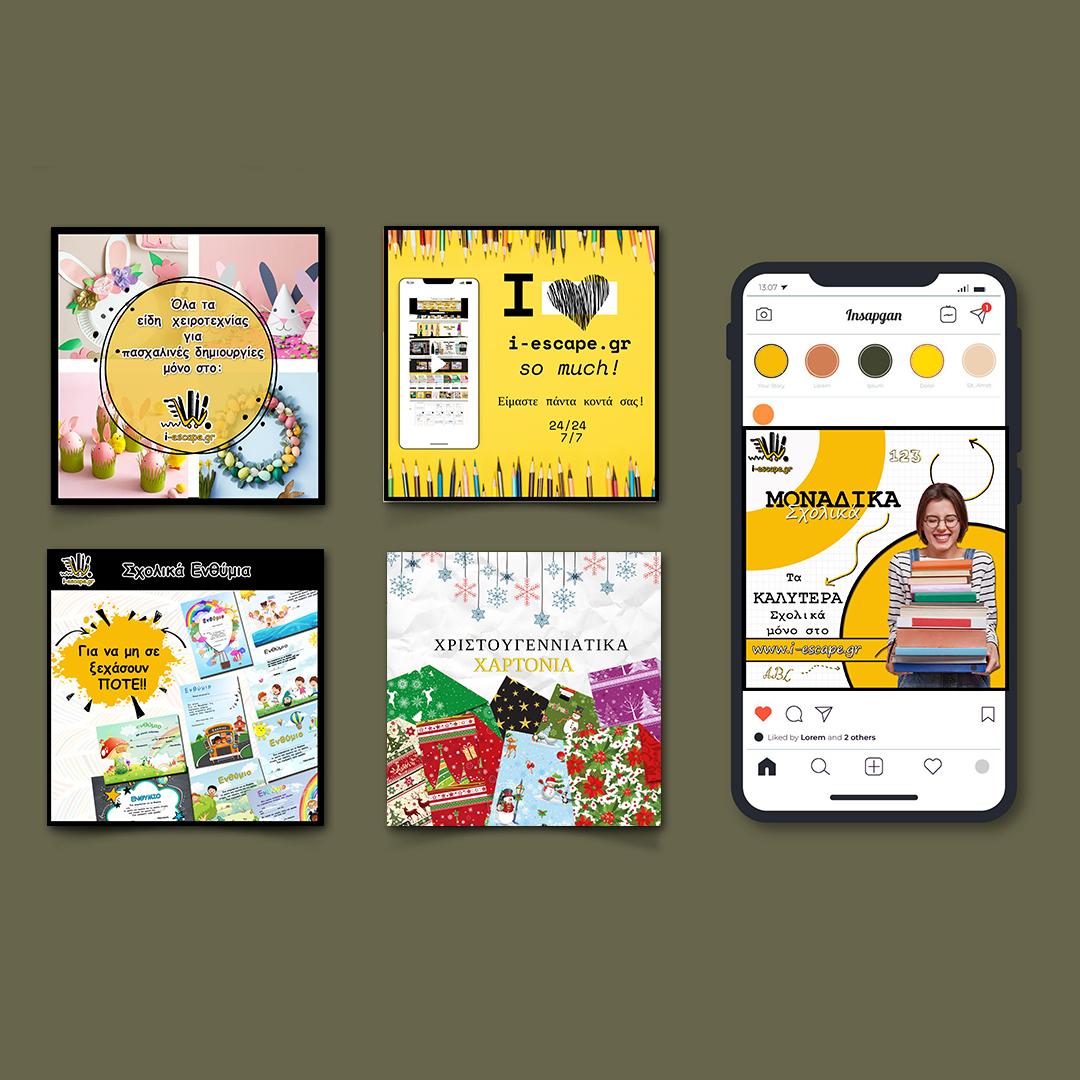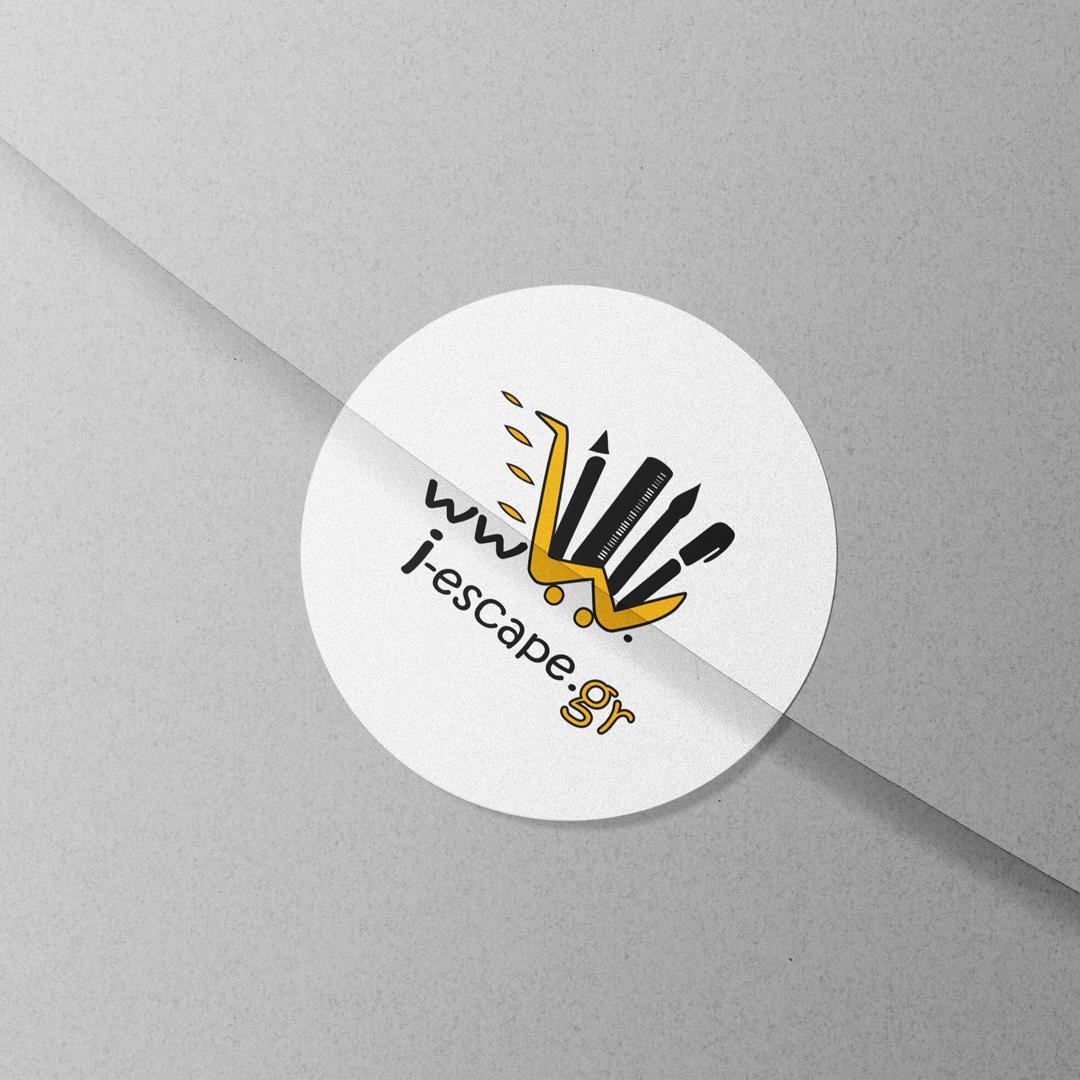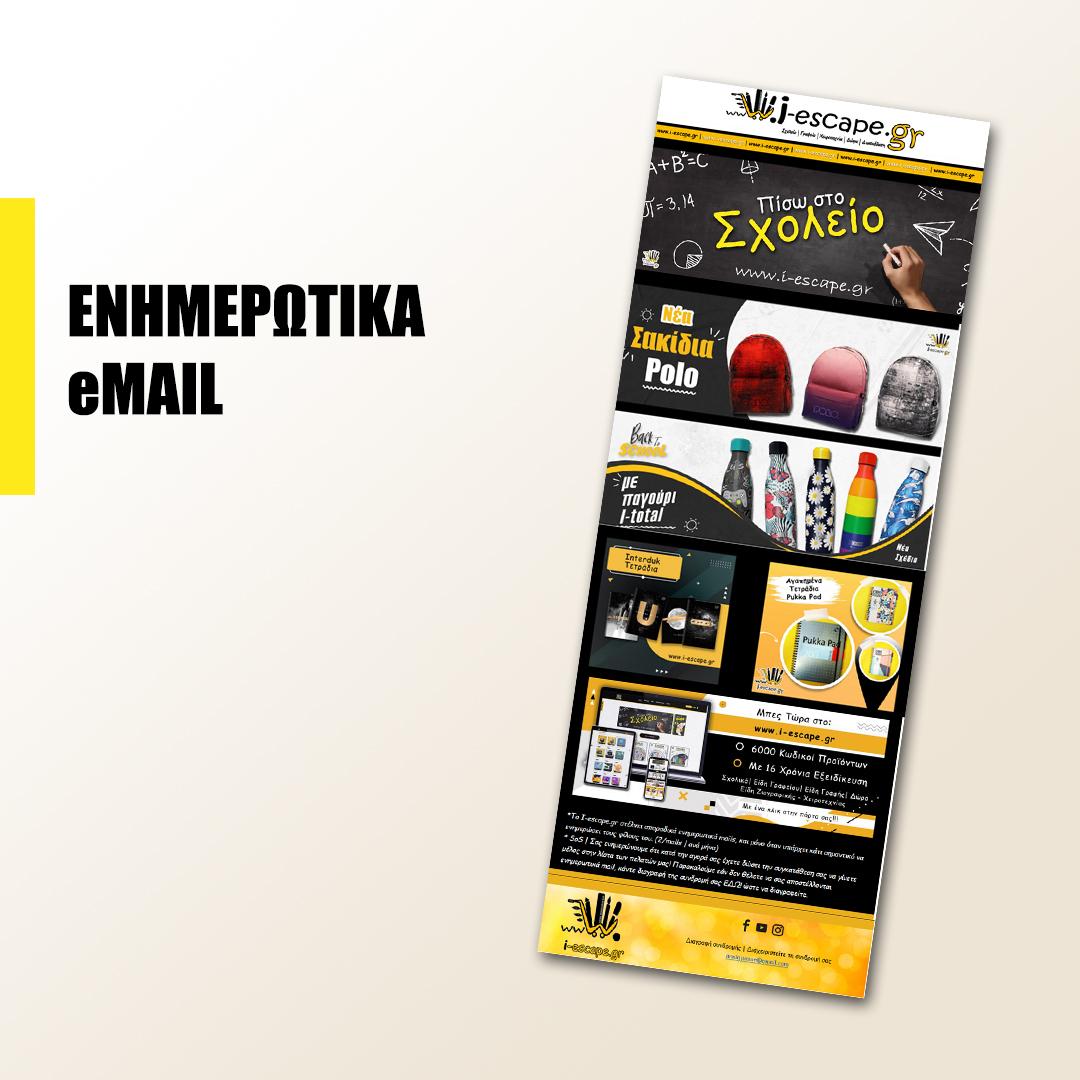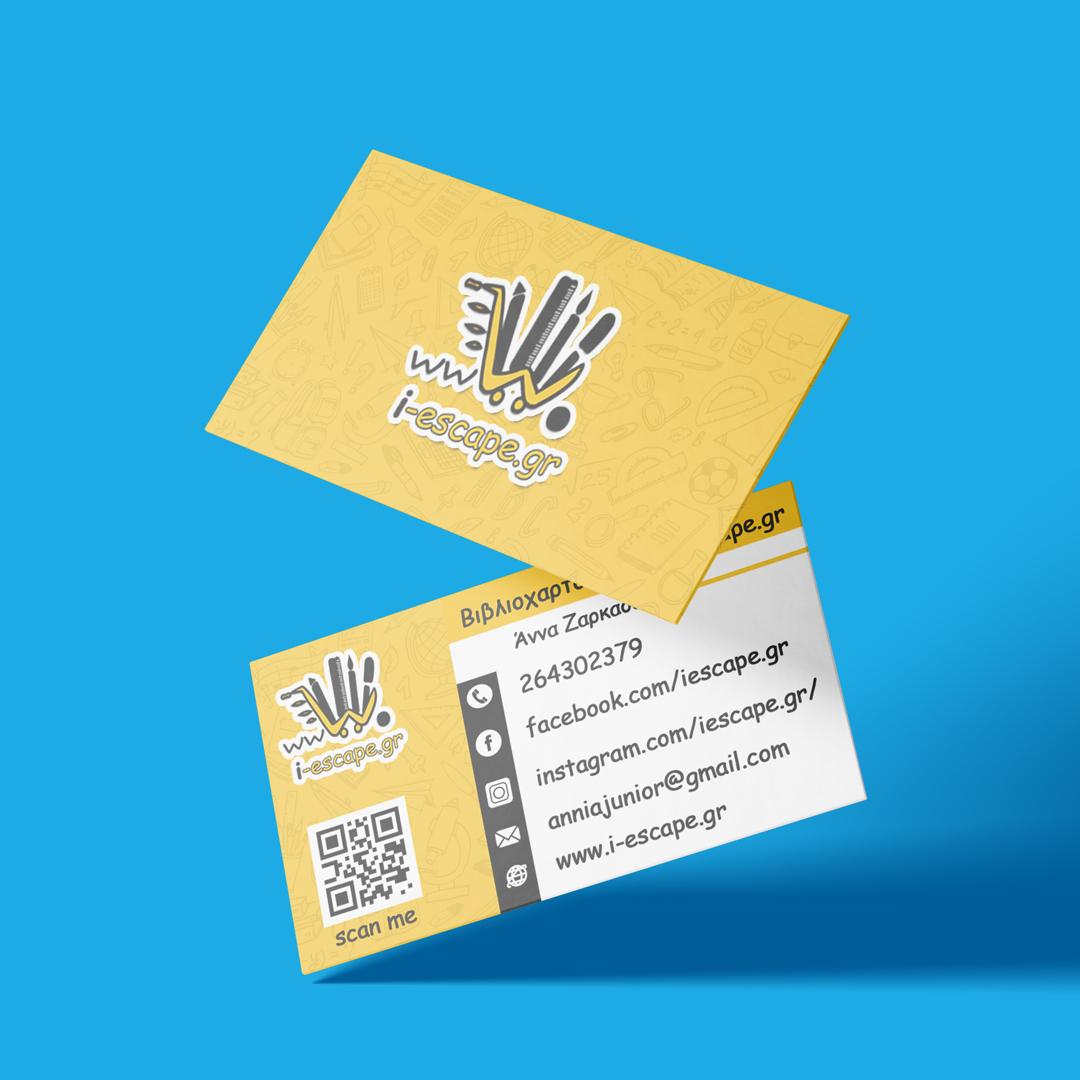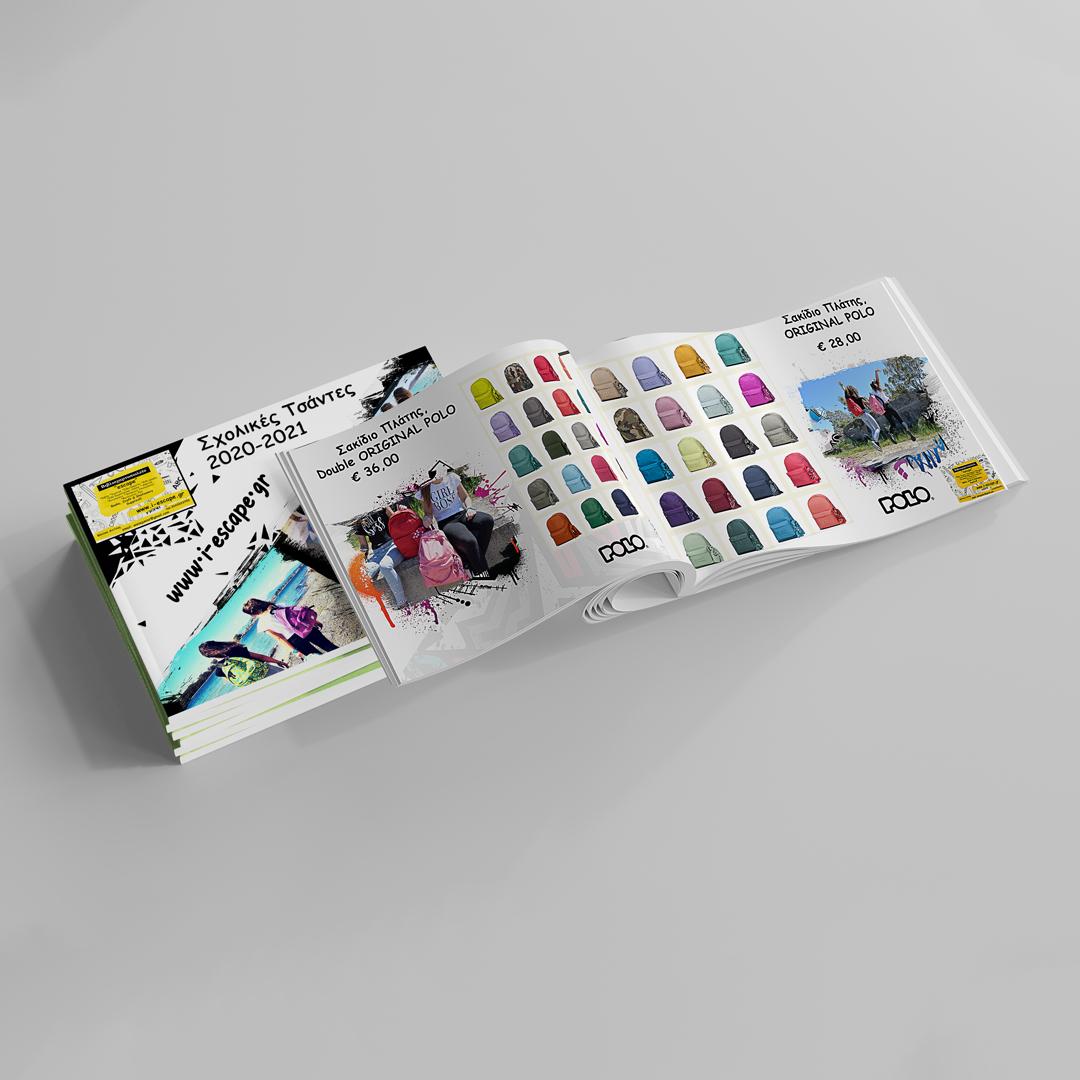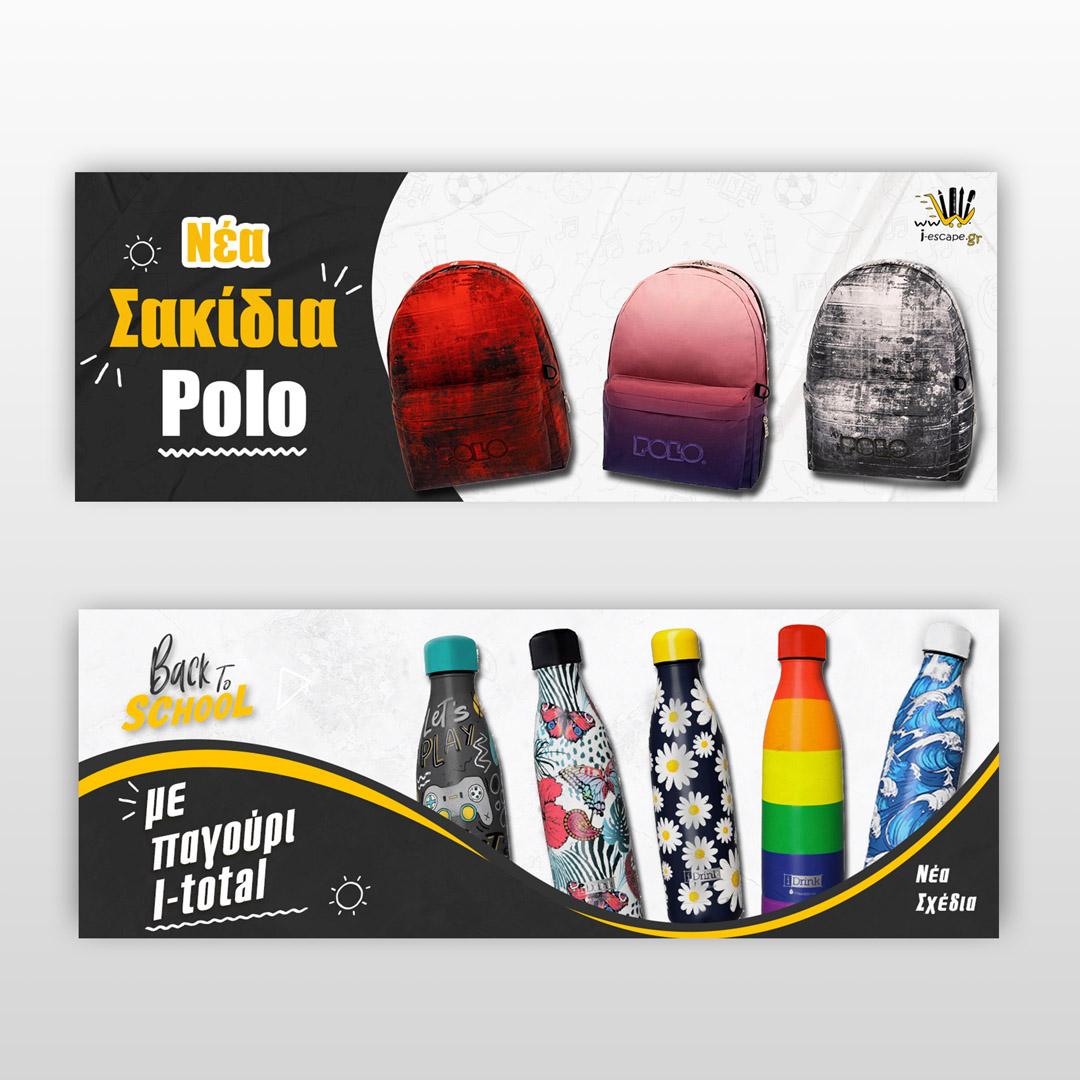
If you're curious about what brand design is and how it can transform your business, you're in the right place. Let's start with the basics.
Elevating Your Business Identity
What is corporate identity, you ask? It’s the visual representation of your company—the artistic profile that sets you apart. Establishing a cohesive corporate identity is crucial for any business, playing a monumental role in showcasing products and services effectively.
What's Included in Corporate Identity:
Logo Design
One of the fundamental elements of corporate identity is the logo. It’s the first thing your audience notices, directly influencing your company’s external communication.
Web Design and Graphics
In the era of digital dominance, many vital elements are crafted for the digital environment. This includes web design, incorporating typography, colors, images, and animations into websites, apps, or applications. Consistency with other non-digital visual elements of corporate identity is essential to maintain a seamless identity transition between physical and digital realms.
Packaging Design
Your brand’s identity should be prominently reflected in product packaging, whether acquired online or in a physical store.
Business Card Design
The same design principles apply to professional cards, letterheads, and corporate folders. Maintaining a consistent look across all these elements ensures precision and clarity in every interaction with potential clients.
Newsletter & Promotion Files
During any interaction with potential clients, your corporate identity should be portrayed with accuracy and clarity.
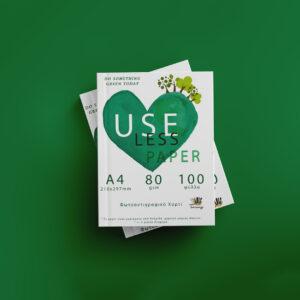

What Corporate Identity Means for Your Business:
A well-structured corporate identity serves as a powerful tool, transforming how users interact with your brand in three fundamental ways:
Memorability: It should be memorable, leaving a lasting imprint on the audience.
Effective Communication: Effectively communicates the goals, vision, and story of your business.
Positive Experience: Creates a pleasant feeling that encourages consumers to engage further with your brand.
In essence, successful corporate identity should be distinctive, effectively convey your business’s objectives, vision, and history, and create a positive experience that encourages ongoing interaction with your brand.
A properly designed symbol:
- Introduces you to your customers.
- Expresses the style, values, and goals of your company.
- Sets you apart from the competition.
- Simultaneously attracts the target audience you address.
Elevating Your Business Identity
What is corporate identity, you ask? It’s the visual representation of your company—the artistic profile that sets you apart. Establishing a cohesive corporate identity is crucial for any business, playing a monumental role in showcasing products and services effectively.
What's Included in Corporate Identity:
Logo Design
One of the fundamental elements of corporate identity is the logo. It’s the first thing your audience notices, directly influencing your company’s external communication.
Web Design and Graphics
In the era of digital dominance, many vital elements are crafted for the digital environment. This includes web design, incorporating typography, colors, images, and animations into websites, apps, or applications. Consistency with other non-digital visual elements of corporate identity is essential to maintain a seamless identity transition between physical and digital realms.
Packaging Design
Your brand’s identity should be prominently reflected in product packaging, whether acquired online or in a physical store.
Business Card Design
The same design principles apply to professional cards, letterheads, and corporate folders. Maintaining a consistent look across all these elements ensures precision and clarity in every interaction with potential clients.
Newsletter & Promotion Files
During any interaction with potential clients, your corporate identity should be portrayed with accuracy and clarity.


What Corporate Identity Means for Your Business:
A well-structured corporate identity serves as a powerful tool, transforming how users interact with your brand in three fundamental ways:
Memorability: It should be memorable, leaving a lasting imprint on the audience.
Effective Communication: Effectively communicates the goals, vision, and story of your business.
Positive Experience: Creates a pleasant feeling that encourages consumers to engage further with your brand.
In essence, successful corporate identity should be distinctive, effectively convey your business’s objectives, vision, and history, and create a positive experience that encourages ongoing interaction with your brand.
A properly designed symbol:
- Introduces you to your customers.
- Expresses the style, values, and goals of your company.
- Sets you apart from the competition.
- Simultaneously attracts the target audience you address.
Where to start?
Creating your corporate identity is a multi-stage process that evolves through continuous communication with you at every step.
1st Step: Defining Philosophy Precisely define the philosophy behind your identity. Determine if you represent joy, carefreeness, luxury, or other values. Establish the purpose and beliefs behind your activities.
Sample Questions:
- What is the starting point and purpose of my business?
- What are the beliefs and values behind my business activities?
- What sets me apart from others?
- What makes my brand unique, and what is its advantage over the competition?
2nd Step: Selecting Design Elements Choose colors, fonts, shapes, and the name of your business.
3rd Step: Logo Design Create a logo that represents your corporate identity.
4th Step: Designing Additional Print Materials Develop print materials that reinforce your identity.
5th Step: Web Media Design Design digital elements to maintain consistency in your identity in the digital world.


